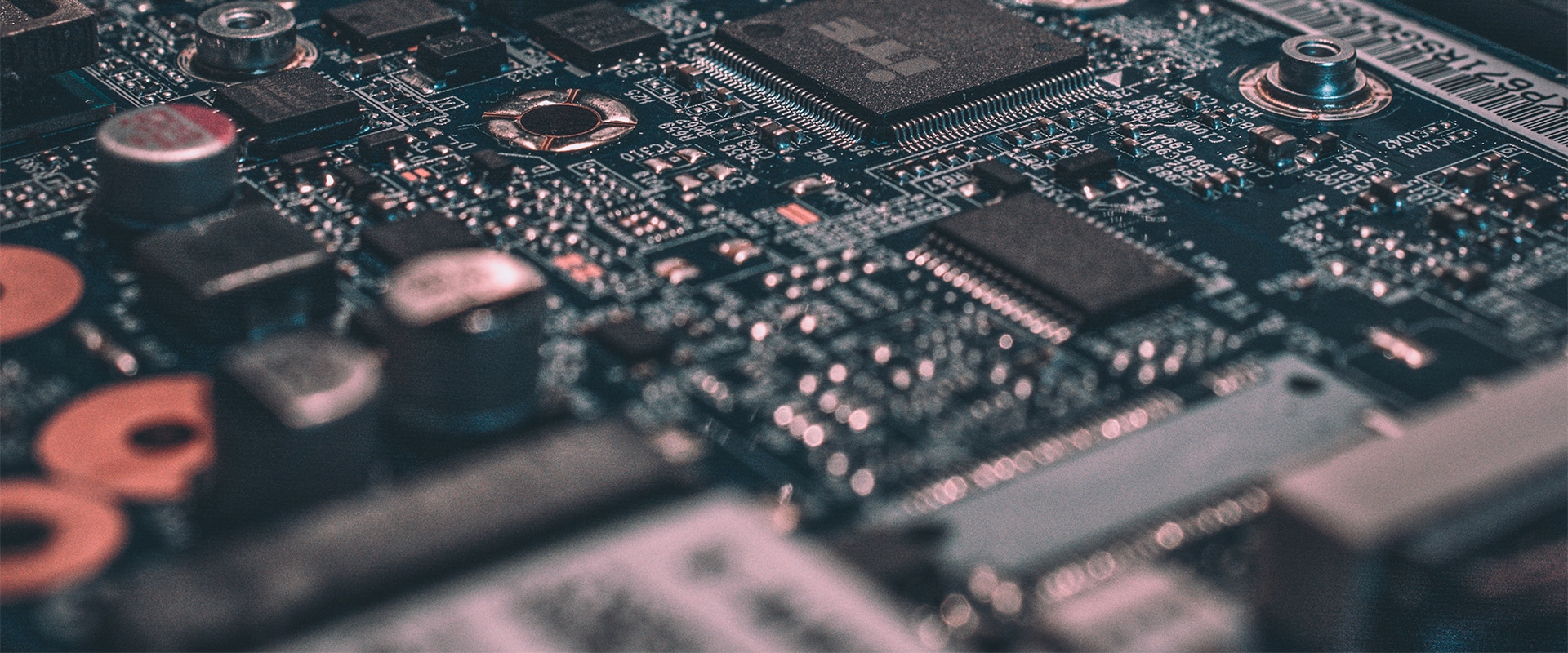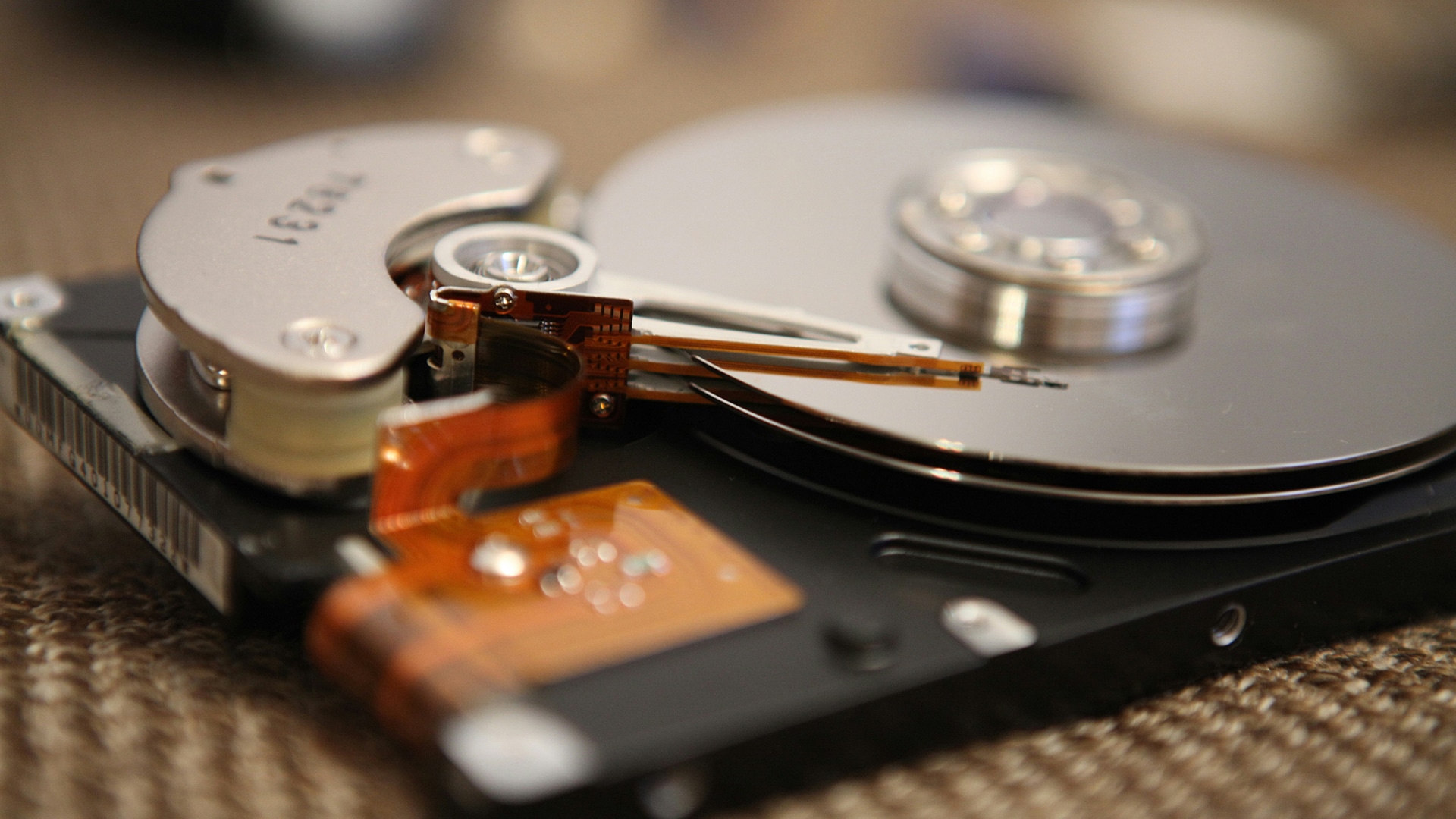In a world where digital data is as valuable as it is vulnerable, information security has become a cardinal concern for businesses and individuals alike. The secure destruction of hard drives is not an option, but an unavoidable necessity. Every day, astronomical amounts of sensitive data are processed and stored on digital media; Without the right measures, they could fall into malicious hands…
The imperative of secure destruction

Destroying hard drives is not just a simple act of disposal: it is the culmination of a well-designed IT security strategy. Indeed, when you decide to part with obsolete or defective computer equipment, it is not enough to throw it in the trash or recycle it. The data it contains can be retrieved (sometimes with disconcerting ease) by individuals with fraudulent intentions. From personal information to trade secrets, the specter of the consequences of a breach can be catastrophic. Why bother? Simply because there is no such thing as zero risk. Even a formatted hard drive can contain residual information… And where there is a residue, there is a risk. Software deletion methods do not guarantee complete and permanent erasure of data; Only a rigorous physical process can achieve this. This is where the services specialized in secure destruction come in: they apply strict protocols to ensure that nothing remains.
The methodology: between grinding and degaussing
How is this irrevocable elimination carried out? There are two main techniques: grinding and degaussing (also known as “debossing”). Shredding consists of physically reducing the hard disk into fragments so small that it becomes impossible to extract any information. This method is crude but terribly effective; it annihilates any possibility of reconstruction. On the other hand, degaussing uses a device called a “degausser” that generates a strong magnetic field that is able to erase all data as it passes over the surface of the hard drive. This operation simply renders the magnetic medium on which the information was based unusable. But be careful: this technique requires specific equipment and should not be taken lightly… A professional degausser is a must to ensure the efficiency of the process. It is also worth mentioning that these operations must be carried out in compliance with environmental standards (and yes, even to destroy, you have to think about ecology!). Residues from crushing must be treated properly to limit the ecological impact; As for the degausser, its use must be optimized to avoid excessive energy expenditure.
The regulations in force
Faced with the strategic importance of digital data, legislation has adapted… Precise regulations now govern the secure destruction of digital media. For example, in Europe, the General Data Protection Regulation (GDPR) imposes certain obligations on companies regarding the management and disposal of personal information. Failure to comply with these guidelines can result in severe penalties. It is therefore the responsibility of organisations (small or large) as well as individuals to be informed about these regulations… Ignoring the law is never a valid excuse in court! In addition, it may be wise to use a specialized service provider who masters these rules; This often avoids a lot of hassle (and possibly a few hefty fines). Certifications also exist to attest to the seriousness and professionalism of companies offering this type of service: ISO 27001 for information security or NAID (National Association for Information Destruction), which is specific to the document destruction sector. These labels are all guarantees of quality for those who seek to protect their sensitive data.
Choosing your provider: essential criteria
Selecting a competent service provider is not an easy task… Several criteria must guide this crucial choice: technical expertise, regulatory compliance and ecological commitment are among the most important. Ask yourself: “Does the service provider have state-of-the-art equipment?”; “Are its employees trained in the latest standards?”; “What are his customer references?” It is also wise to choose a provider who is transparent about their methods and willing to provide a certificate that the destruction has been carried out according to the required standards. This document can be valuable in the event of an audit or simply for your peace of mind… After all, prevention is better than cure! Finally, consider the practical aspect: some providers even offer on-site destruction – i.e. directly within your company – which represents a significant advantage in terms of additional control and security.
Towards a proactive safety culture
Taking a proactive approach to the secure destruction of hard drives should be an integral part of any responsible IT policy… This involves continuous training of staff on the risks associated with sensitive data as well as constant technology monitoring in order to always be aware of best practices. Let us never forget that every piece of data erased according to the rules is a potential crisis avoided; Every hard drive that is carefully destroyed is a bulwark against data breaches… The importance of such an approach should never be underestimated in our digital age where every bit counts. In conclusion (and this is not hyperbole), guaranteeing the integrity and confidentiality of digital information inevitably involves its total disappearance when it is no longer needed… Secure destruction is not just a technical issue; It is above all a fundamental prudential provision in our connected society.

